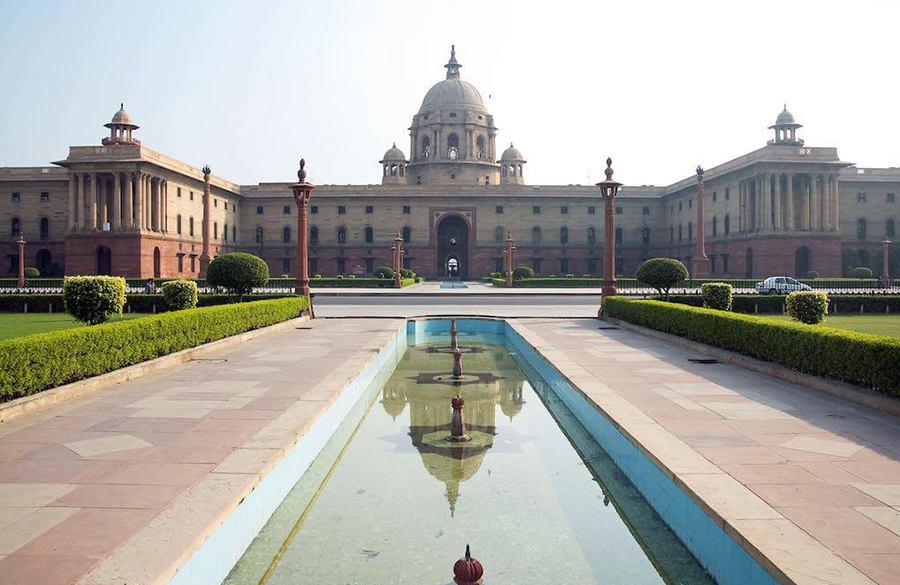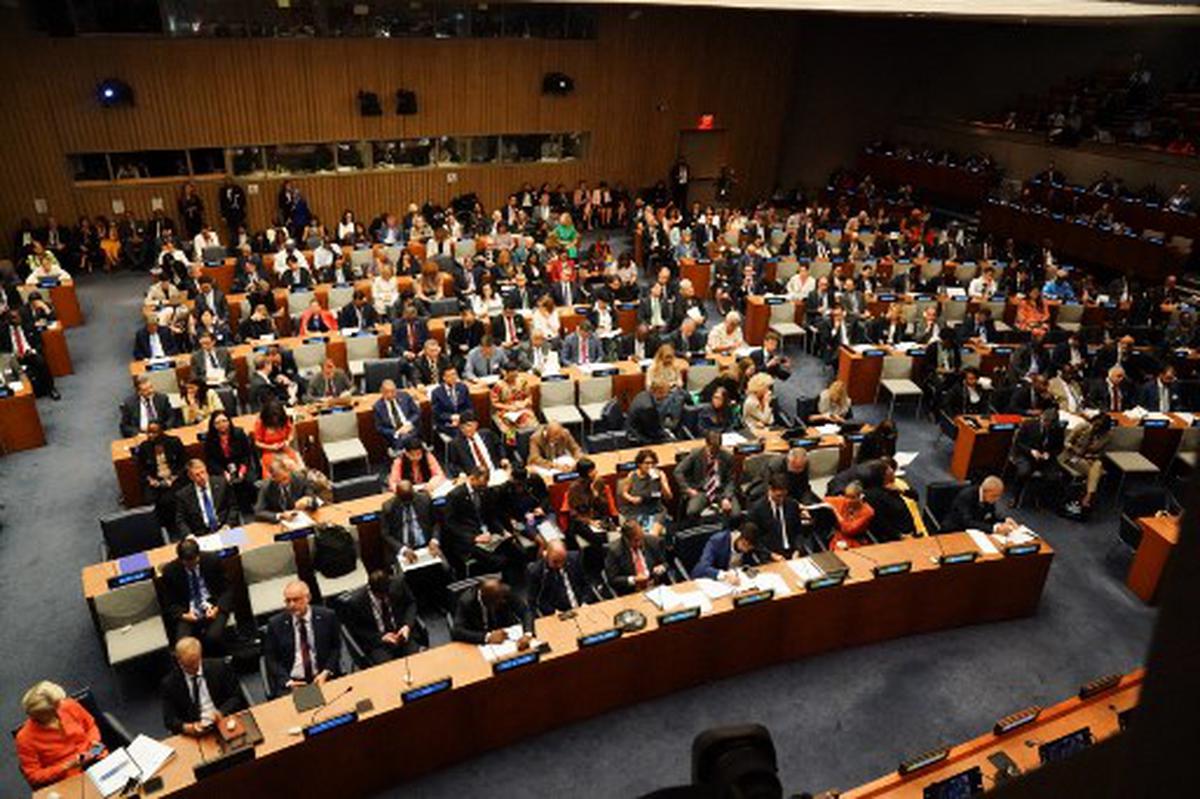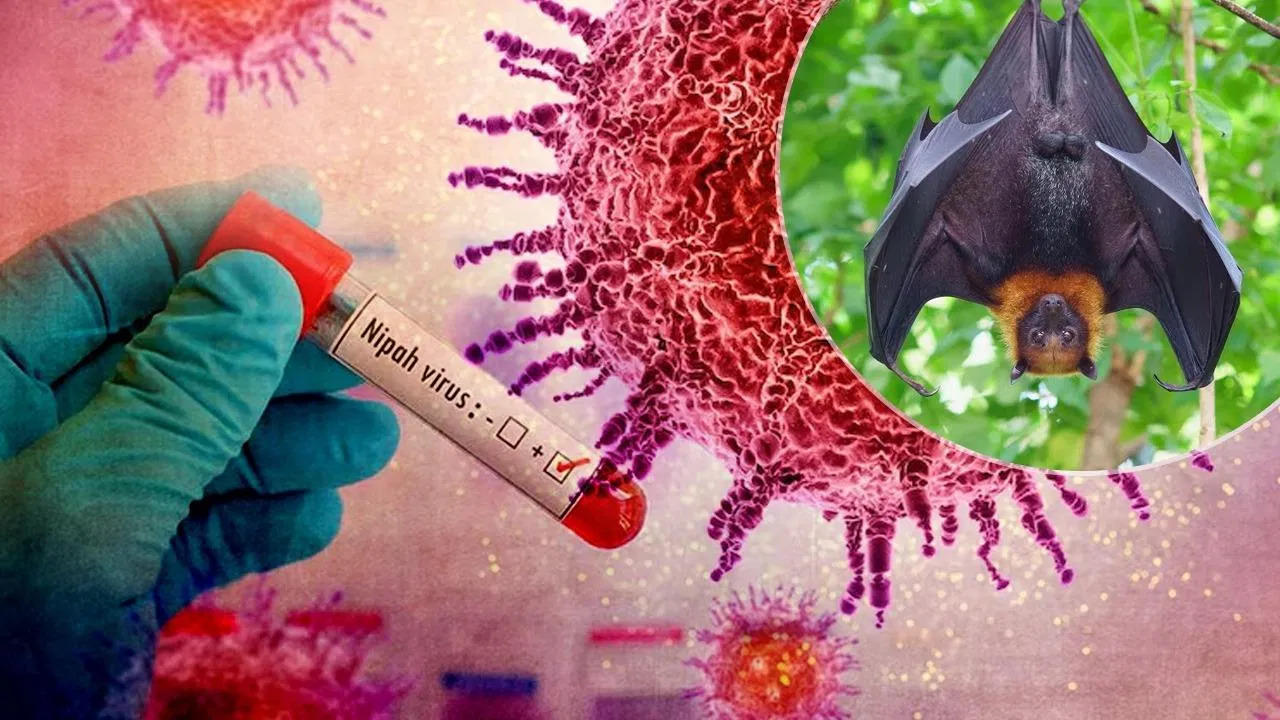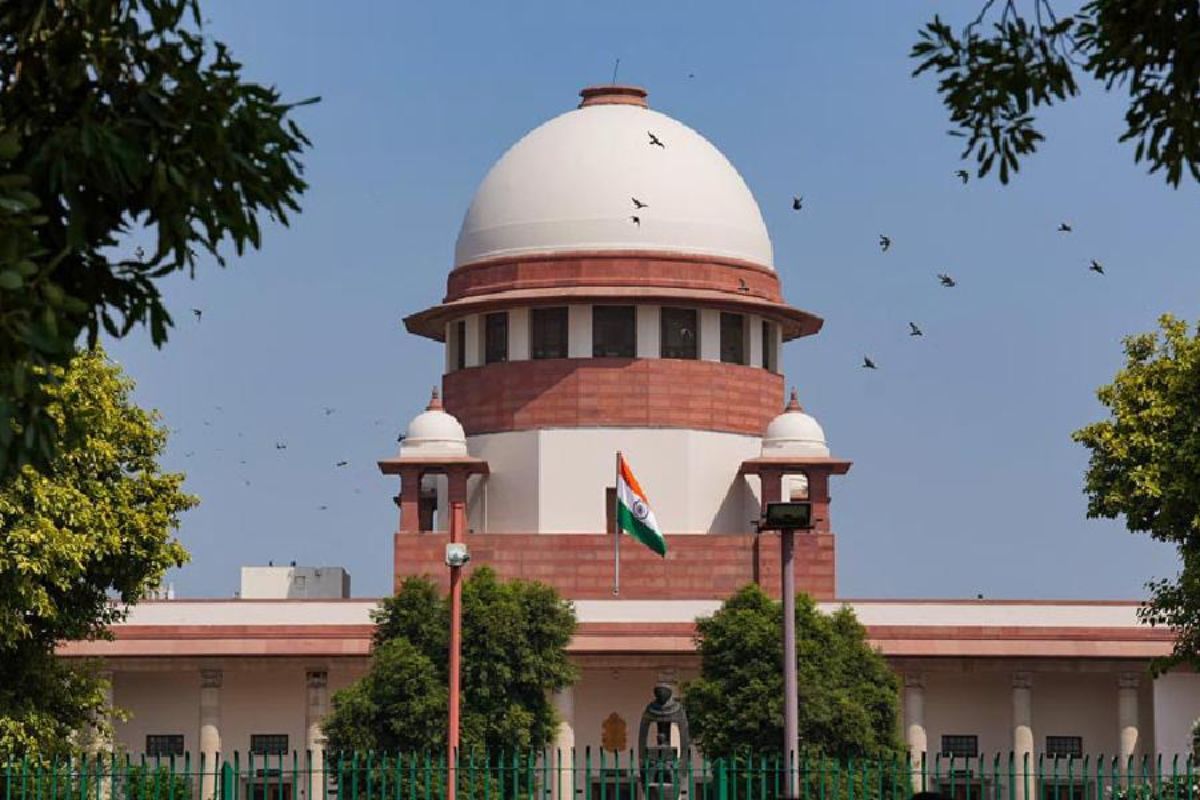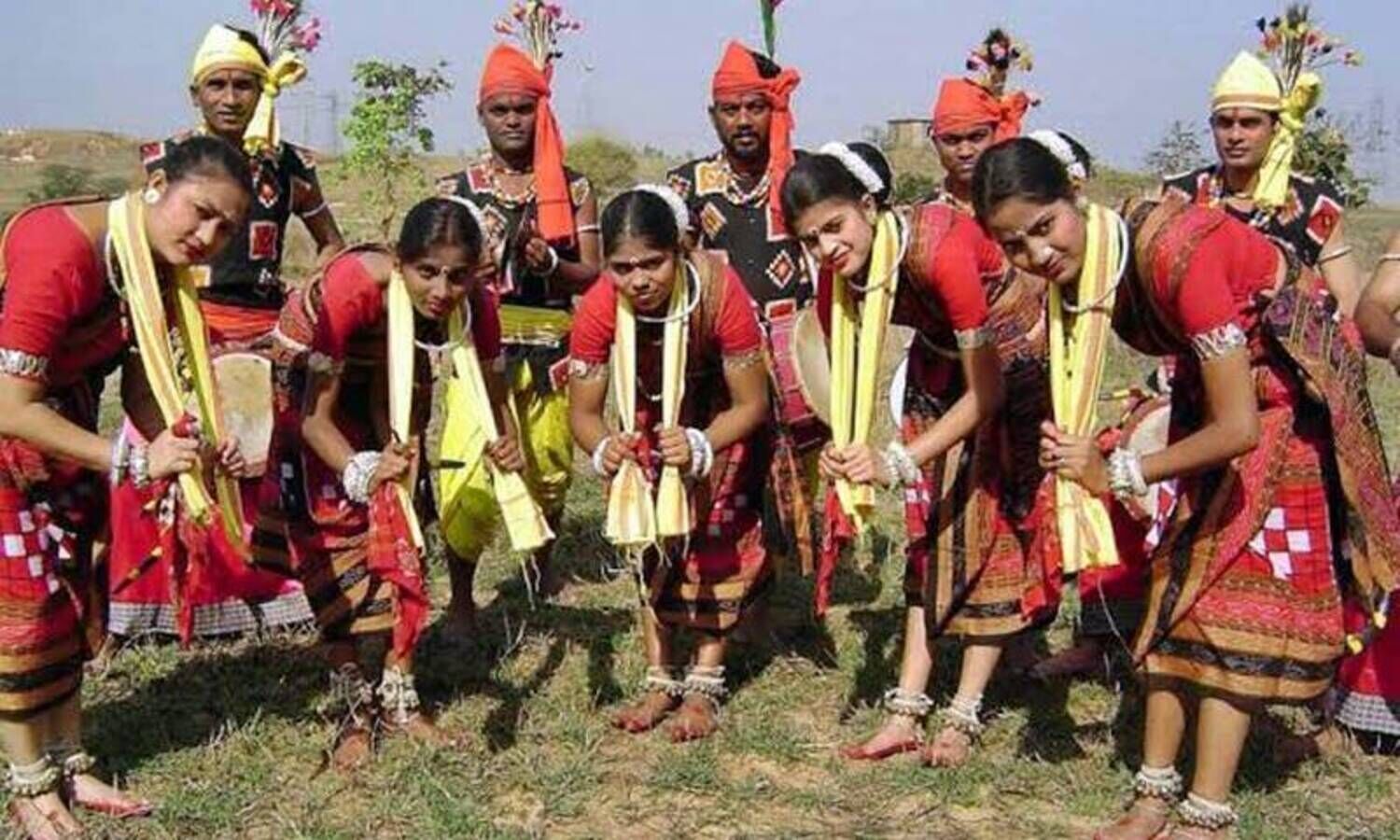- The 108-foot-tall ‘Ekatmata Ki Pratima’ (Statue of Oneness) statue of Hindu saint Adi Shankaracharya was recently unveiled in Omkareshwar, Khandwa district, Madhya Pradesh.
- This project is part of the government’s efforts to make Omkareshwar a popular religious and tourist destination.
Adi Shankaracharya: A Brief Overview
- Adi Shankaracharya, also known as Sankara (Jagatguru), was a notable Indian philosopher and theologian. He was a fervent supporter of ancient Hinduism.
- Kaladi, his birthplace in Ernakulam, Kerala, is set to become a national monument.
- Govinda Bhagavatpada, his guru, guided him as he meticulously studied works such as ‘Gaudapadiya Karika,’ ‘Brahmasutra,’ Vedas, and Upanishads.
- Shankara spread the philosophies of ‘Advaita Vedanta’ and ‘Dashanami Sampradaya,’ giving him the title of ‘Shankaracharya’ among his followers.
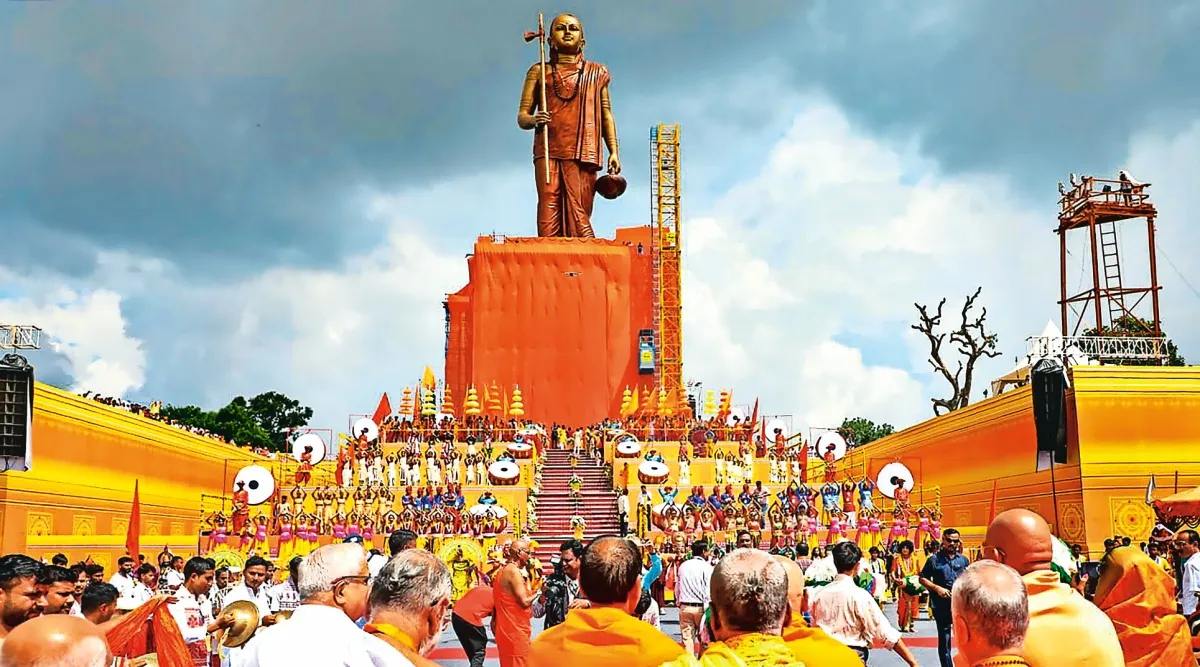
His religion is Advaita Vedanta.
- Non-dualism: Shankaracharya’s philosophy, known as ‘Advaita Vedanta,’ is non-dualist.
- Final Reality: It states that the cosmos exists as a result of Brahman’s creative activity (Maya), the ultimate, transcendent, and immanent God of the later Vedas.
- Identity of Self: According to Advaita Vedanta, the transcendental self of the cosmos (Atman) and the experiencing self (Jiva) are both Brahman in truth. However, the individual self appears to be distinct from space as a whole, similar to how space inside a container appears to be unique from space as a whole.
- Overcoming Error: Errors and ignorance cause multiplicity (Avidya), but comprehending Brahman eliminates these errors, resulting in liberation from the cycle of reincarnation and worldly servitude.
Adi Shankaracharya’s disciples
- Shankaracharya’s four closest pupils were instrumental in spreading his teachings:
- Padmapada is well-known for his profound dedication and poetry.
- Totakacharya: A devotee of Shankaracharya’s mission who is renowned for his poetry “Totakashtakam.”
- Hasta Malaka: A kid genius whose mastery of Advaita philosophy shocked Shankaracharya.
- Sureshwara: A householder at first, he became a disciple after losing a philosophical dispute against Shankaracharya.
Contributions of Adi Shankaracharya
- Shankaracharya established the ‘Shanmata’ system, which prioritised devotion of the five major deities and restored the Dashanami structure.
- He wrote several devotional and meditative hymns as well as essential Advaita Vedanta writings, including commentaries on major scriptures.
- Adi Shankaracharya revitalised Hinduism during a period when it was under attack from Jainism and Buddhism, fostering unity and re-establishing traditions.
- He founded four monastic institutions (Mathas) in various parts of India, uniting the country and codifying leadership roles:
- Sri Sringeri Sharada Peetam is located in Chikmaglur, Karnataka.
- Jyotir Matha in Uttarakhand’s Garhwal region
- Dwarka, Gujarat’s Kalika Matha
- Govardhana Matha is located in Puri, Odisha.
Source: https://indianexpress.com/article/explained/explained-culture/madhya-pradesh-cm-adi-shankaracharya-omkareshwar-significance-8951323/#:~:text=Madhya%20Pradesh%20Chief%20Minister%20Shivraj,said%20to%20have%20visited%20Omkareshwar.


